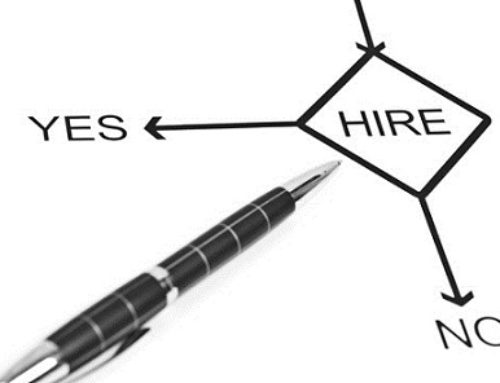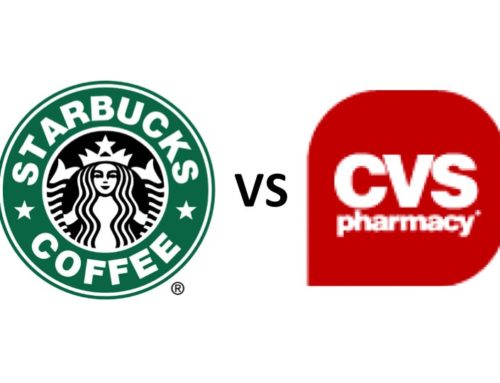Amazon Price Check App
The furor over the Amazon price check app is palpable and speaks to the growing trend of showrooming consumer behavior. No sooner did I download the app but I bought 3 products from Amazon through the app because the product costs were 30% less than the big box store I was in.
The app and likely responses reminds me of the discussion in Modern European class surrounding the various political positions taken in response to German and Japanese aggression during World War II. Similarly, retailers have been bombed/attacked. How will they respond?
Response #2 – Isolationism — Make UPC Codes Not U
If you make the codes all different, price comparisons won’t work, or so goes the theory. In reality, Amazon will simply release a version of the app that allows you to scan the product tag and all of its content (name, price, etc) and then comparison shop. Its a technology war that retailers cannot win.
Response #3 – Chamberlain’s Appeasement Policy – Become Affiliates of Amazon
In a great ironic short post, by Hunter Walk, he deftly suggests that retailers should become Amazon affiliates. Better to switch than fight the inevitable onslaught of Amazon.
And for some retailers, this might think makes sense if they can get storefront cheap enough since Amazon’s affiliate dollars are so relatively thin. Perhaps the retailer could also be compensated by the product companies, much like in grocery. Between the product subsidies and the affiliate dollars, the small retailer might net enough to stay in business assuming very low rent and staffing costs. Now that I think more about this, this would be tough to make work economically.
Response #4 – Internationalism — Fight Back with a Highly Differentiated Set of Products/Services
The US entered the WWII with a highly motivated and energized effort that turned the tide of the war (overly simplistic, I know). Here are three ways retailers can and should fight back:
- Deliver differentiated products: Build something that Amazon can’t sell. This is a well-known strategy being accelerated.
- Differentiate by crowdsourcing design (ala threadless.com, or cafepress.com or quirky.com). Short of full product design, you can at least get ideas, much like the GE Ecomagination Challenge where ideas are vetted to figure out what to build.
- Leverage a high-touch offline and online customer experience with an optimized supply chain back-end, neither of which retailers offer today. Everyone knows of a store in their locale that has survived the big box onslaught by knowing their customers, tailoring their products via collections to a highly targeted and segmented audience. Instead of one size fits all, its a one-to-one, curated experience. Retailers can and should better leverage their store data to deliver targeted, curated products one to one.
- Embrace Online as Your Best Friend, not a Distant Cousin: Retailers treat online too often as a remote relative. In part, this is due to lack of digital experience found in most retail management teams, who naturally play to their strength. Two simple ways to start leveraging the power of online:
- Build a loyal community online: Amazon is a super shopping center, not an online community. Invest in building community because loyalty is a great offense that serves as a perfect defense.
- Make Online Your Petrie Dish: Use online to test merchandising concepts before you commit resources. Use interactive polling and surveys that engage the existing and potential community. As if often the case today, online must follow the direction of the stores. How stupid is that? Its like fighting with one arm tied behind your back. Of course, online will fail.
No matter what, a retailer’s best and only defense to this front assault is a strong offense. Embrace online and the customer and perhaps retailers have a chance. If they retreat, retrench and irritate the customer, they will be guaranteed to end up in bankruptcy court.





